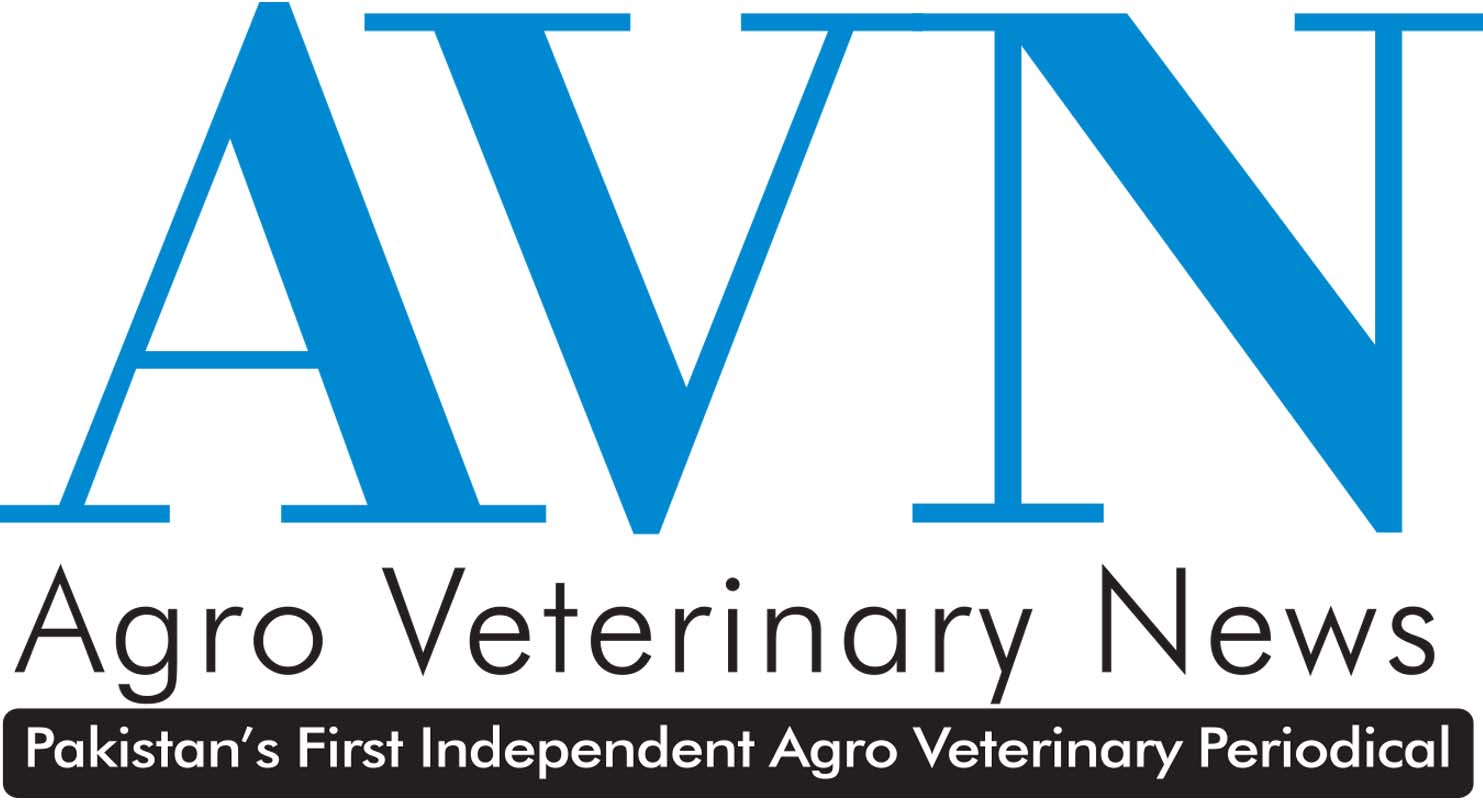KARACHI: The International Livestock, Dairy, Poultry, Agriculture & Aquaculture Expo (ILDPA 2025) is set to be one of the most significant events in Pakistan’s agricultural industry. Scheduled for July 11-12, 2025, at the Expo Center Karachi, ILDPA promises to be a game-changer for professionals in the livestock, dairy, poultry, agriculture, and aquaculture sectors.
Why Attend ILDPA 2025?
ILDPA is more than just an exhibition; it’s a platform for business growth, innovation, and collaboration. With the primary focus on the farming industry, this expo brings together global leaders, suppliers, clients, and innovators. Whether you’re looking to explore cutting-edge technologies, expand your business network, or unlock investment opportunities, ILDPA offers it all.
This event is a unique opportunity to connect with industry leaders, understand the latest market trends, and discuss advancements in farming methods that are transforming the industry. Attendees will also gain insights into sustainable agricultural practices, animal husbandry advancements, and much more.
Connect with Key Stakeholders
ILDPA 2025 offers a prime networking platform where exhibitors and attendees can meet potential clients, suppliers, and industry leaders. It’s an invaluable opportunity to form business partnerships, seek collaboration opportunities, and discuss future investments. The expo will feature renowned brands, government bodies, and key stakeholders from the agricultural and livestock sectors.
Diverse Sectors Under One Roof
This prestigious event brings together the best minds from across the Livestock, Dairy, Poultry, Agriculture, and Aquaculture sectors. It aims to promote innovation and sustainability in farming through groundbreaking solutions in livestock care, feed production, farm machinery, and much more.
Key Benefits of Attending:
- Discover Innovative Technologies: Stay ahead of the curve with the latest technology that’s revolutionizing the farming industry.
- Expand Your Network: Meet potential partners, clients, and experts in the fields of dairy, livestock, agriculture, and aquaculture.
- Unlock Investment Opportunities: Connect with investors eager to explore new ventures in the agricultural sector.
- Attend Educational Sessions: Learn from industry professionals about the latest trends and best practices in farming.
Event Details:
📅 Date: July 11-12, 2025
📍 Venue: Expo Center, Karachi
💼 Organizers: NFA Pakistan and Inbox Pakistan
🌐 Website: www.inboxpakistan.com
Conclusion:
Don’t miss out on this exciting opportunity to be part of Pakistan’s largest farming expo. Whether you’re an entrepreneur, investor, farmer, or agricultural professional, ILDPA 2025 is your gateway to the future of farming in Pakistan. Mark your calendars, register today, and join us for two days of networking, learning, and business development.





